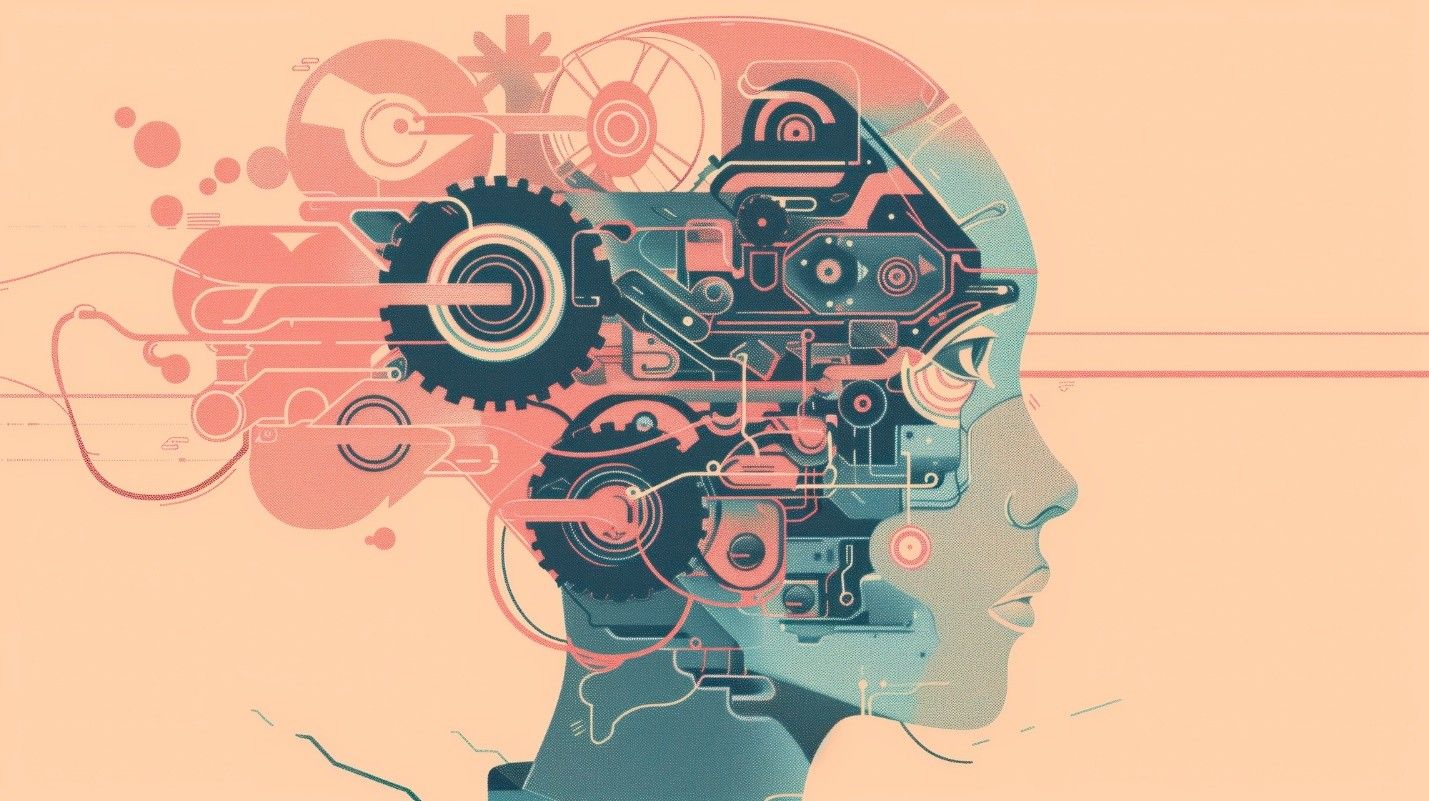Connecting Minds
The Future of Intelligent Automation and Process Collaboration in the Brain-Net Era

As we approach a new era shaped by advances in artificial intelligence and automation, workplaces are on the brink of profound transformation. One concept poised to redefine how we think about automation and collaboration comes from futurist physicist Michio Kaku: the Brain-Net. Envisioned as a direct neural network connecting minds and machines, Brain-Net opens the door to instant thought-to-thought and thought-to-machine communication, with the potential to revolutionize intelligent automation and process collaboration across industries.
Brain-Net is the imagined future network where human brains interact seamlessly, sending thoughts and ideas across a neural network faster and more accurately than any digital device. Kaku’s vision goes beyond just transmitting data between humans; it integrates with machines, creating an environment where automation systems respond directly to human intent. Imagine the possibilities: machines adjusting workflows based on real-time needs, intelligent software anticipating project demands, and teams collaborating without physical barriers, communicating in real time through a thought-driven network.
Intelligent automation already improves operational efficiency and reduces time spent on repetitive tasks, but current systems face limitations. While machines can execute programmed commands, they struggle to understand unspoken nuances, human intention, and rapidly changing contexts in real time.
With Brain-Net, intelligent automation could evolve to a new level. In this future, machines and employees interact as an integrated unit. Automation systems receive not only commands but insights and signals from human minds, potentially adapting workflows dynamically. This would allow executives to guide strategic decisions with direct input, leading to faster responses to market shifts, enhanced customer service, and deeper analytical insights. Brain-Net-infused automation promises to empower organizations to operate more nimbly and responsively than ever before.
Process collaboration often comes with challenges: fragmented communication, differing priorities, and misunderstandings that cost organizations time and resources. Brain-Net has the potential to solve these pain points by enabling instant communication between team members. In Brain-Net-enabled workplaces, ideas flow without the friction of traditional communication tools. Entire departments could collectively brainstorm, troubleshoot, and innovate in real time.
For high-level decision-makers, Brain-Net could mean accessing insights directly from team members, gaining a comprehensive overview of organizational health and team priorities in moments rather than days or weeks. Complex projects requiring input from multiple stakeholders would move forward seamlessly, with each participant instantly updated and aligned. The Brain-Net-powered workspace could make collaboration faster, more intuitive, and more aligned than traditional digital tools allow.
Implementing Brain-Net, of course, raises significant ethical questions: how do we ensure privacy when minds connect, or manage overload in such an always-connected environment? Balancing Brain-Net’s potential with robust data ethics and governance would be essential. Organizations would need clear boundaries, ensuring Brain-Net-driven automation and collaboration align with their values and objectives while protecting employee well-being and safeguarding data integrity.
Though Brain-Net might seem futuristic, forward-thinking businesses are already taking steps to prepare for such transformative technologies. Today’s automation and collaboration tools may lack Brain-Net’s neural connectivity, but implementing AI, machine learning, and enhanced process collaboration platforms can lay the groundwork for a future where human potential and machine intelligence merge seamlessly. Investing in adaptable technology frameworks, fostering a culture of innovation, and training employees to work effectively alongside AI-driven tools could all be crucial steps.
In a Brain-Net-enabled future, Intelligent Automation and Process Collaboration will likely converge, creating a world where businesses are limited only by the creativity and vision of their leaders and teams. Embracing this vision positions organizations at the forefront of technological advancement and empowers them to lead in an era defined by connectivity, innovation, and unprecedented collaboration.
Want more information?
T +90 212 284 75 92



